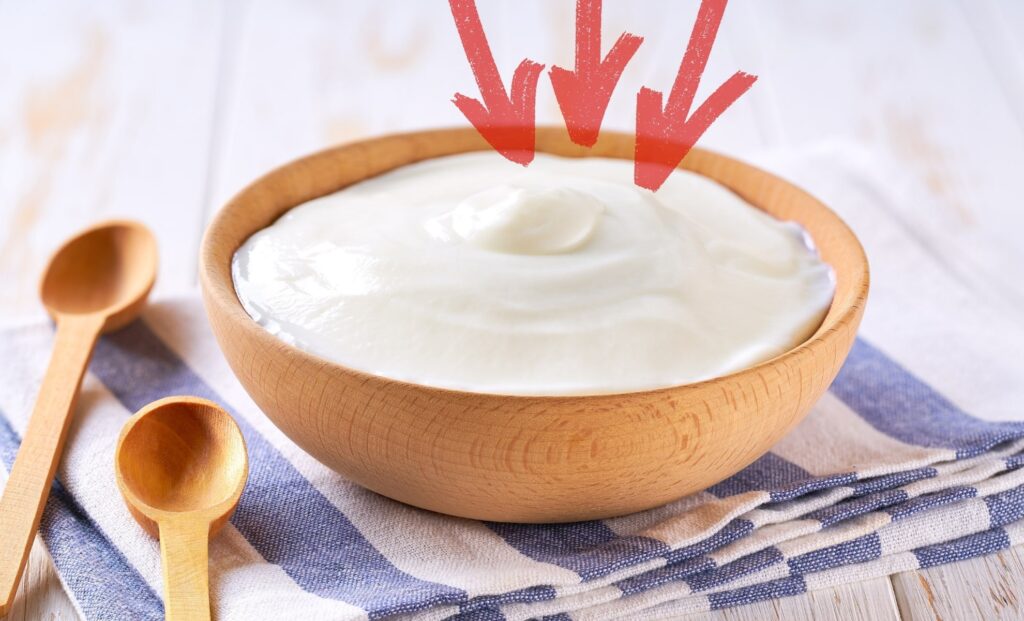Before her death in 2024, María Branyas Morera agreed to donate samples of her microbiome, revealing a surprisingly youthful gut that has stunned researchers.
Her diet—centered on daily yoghurts and the Mediterranean tradition—may have helped preserve a microbial balance typically lost with age. This combination of diet and microbial health is now being explored as a factor that could support long-term health across populations.
Branyas’s case is now among the most detailed examinations ever conducted on a supercentenarian, a person who lives beyond 110 years. While researchers found she carried protective genetic traits, they focused closely on her microbiome—an area that is increasingly seen as a key player in health and aging. What they found runs counter to what is typically expected in people of her age.
As age progresses, most individuals see a decline in the diversity and strength of gut bacteria, often linked to frailty and disease. Branyas, by contrast, had a gut that resembled someone several decades younger. Researchers are now asking whether certain dietary habits, specifically those that support gut diversity, could play a more active role in human longevity than previously thought.
A Gut Profile That Defies Age Norms
When researchers examined Branyas’s microbiome, they discovered an unusually rich presence of Bifidobacterium, a genus of bacteria that normally declines steeply in older adults. This group of microbes plays a known role in immune regulation, gut protection, and metabolic support.
According to ScienceAlert, this discovery was aligned with similar findings in other long-lived individuals, but Branyas’s case stood out because of the microbial richness observed so close to the end of her life. Her gut was still populated by species typically found in younger individuals, especially those from the Bifidobacteriaceae family.
Microbial diversity tends to diminish in old age, leading to imbalances that have been associated with inflammation, reduced nutrient absorption, and increased vulnerability to disease. Branyas’s microbial balance disrupted this narrative. It appeared stable, diverse, and functional—suggesting an inner biological environment that remained resilient far beyond the average lifespan.
Fermented Foods and Daily Habits
One consistent dietary habit may have supported this unusual microbiome: yoghurt. Branyas reportedly ate three live-culture yoghurts a day. According to The Conversation, this regular intake of probiotics likely encouraged the growth of beneficial bacteria like Bifidobacterium and contributed to the maintenance of microbial variety.
In addition to yoghurt, Branyas followed a Mediterranean-style diet. This way of eating, long studied for its cardiovascular and metabolic benefits, also plays a role in feeding the gut microbiome. The combination of fermented foods (which provide live bacteria) and fibre-rich plants (which feed those bacteria) is now being seen as an essential interaction for maintaining gut health.
The diet includes prebiotic-rich foods—onions, garlic, leeks, bananas, legumes, oats—which are not digested by humans but serve as fuel for gut microbes. When combined with probiotics from fermented items like kefir, kimchi, and yoghurt, they create a self-sustaining ecosystem inside the gut.

Genes Matter, but Not Alone
While genetics helped protect Branyas from diseases commonly seen in advanced age, researchers emphasized that lifestyle factors like diet appeared to play a significant role in shaping her microbiome. Genes only modestly influence the composition of the gut, meaning that daily choices carry considerable weight.
Her case is not presented as a model to be exactly copied, but rather as a data point reinforcing an emerging scientific consensus: that a diverse and balanced microbiome supports resilience, especially in aging populations. It’s not a recipe for reaching 117, but a path that may reduce the risk of chronic illness and promote better aging outcomes.

